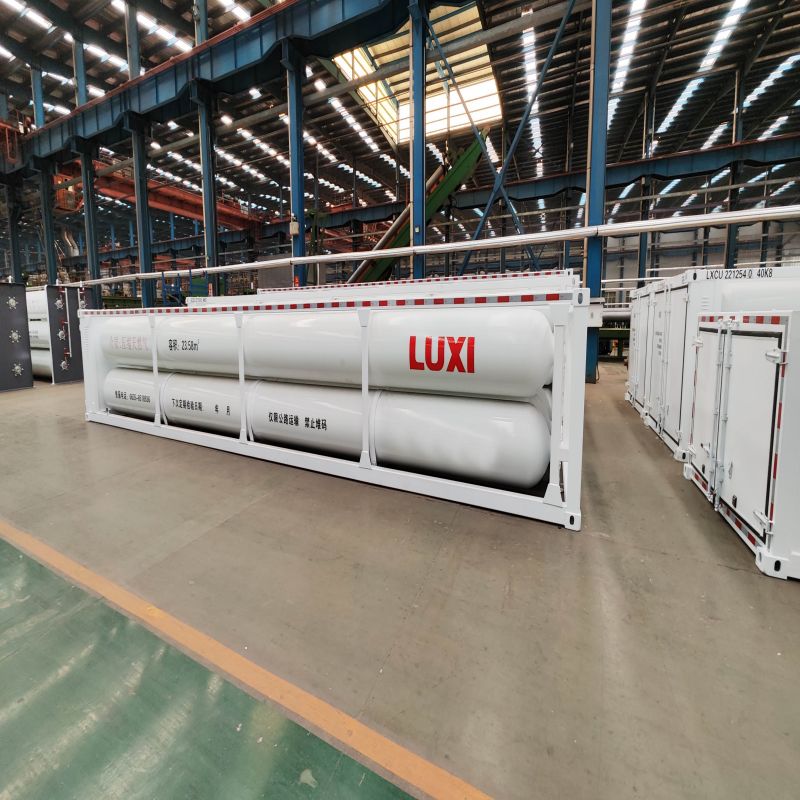When it comes to constructing a building, the choice of material plays a pivotal role in determining its durability, sustainability, and overall performance. With a plethora of options available, it can be challenging to identify the best material for building. In this article, we will delve into the realm of construction materials, exploring their unique properties, advantages, and drawbacks. By the end, you will be equipped with the knowledge to make an informed decision on the best material for your building project.
- Concrete: The Time-Tested Titan
Concrete has long been hailed as one of the most reliable and versatile building materials. Its exceptional compressive strength, fire resistance, and durability make it a popular choice for various construction projects. However, concrete's high carbon footprint and susceptibility to cracking under tension must be considered. - Steel: The Structural Marvel
Steel, renowned for its strength and flexibility, has revolutionized the construction industry. Its high tensile strength, resistance to corrosion, and recyclability make it an ideal choice for skyscrapers, bridges, and industrial structures. Nonetheless, steel's high cost and vulnerability to fire may limit its application in certain scenarios. - Timber: The Sustainable Solution
Timber, a renewable resource, has gained prominence as an eco-friendly alternative to traditional building materials. Its natural aesthetics, thermal insulation properties, and low carbon footprint make it an attractive option for residential and commercial buildings. However, timber's susceptibility to moisture, pests, and limited structural capabilities in large-scale projects should be considered. - Glass: The Transparent Innovator
Glass, with its ability to create stunning architectural designs and maximize natural light, has become increasingly popular in modern construction. Its versatility, energy efficiency, and recyclability make it a preferred choice for facades, windows, and interior partitions. Yet, glass's fragility, high cost, and limited insulation properties may restrict its widespread use. - Composite Materials: The Future Frontier
Composite materials, such as fiber-reinforced polymers (FRPs), offer a promising blend of strength, durability, and versatility. These materials, composed of a combination of fibers and resins, can be tailored to specific project requirements. With their lightweight nature, corrosion resistance, and potential for prefabrication, composite materials are gaining traction in various construction applications.
Conclusion:
Selecting the best material for building requires a comprehensive understanding of the project's specific needs, budget constraints, and environmental considerations. Concrete, steel, timber, glass, and composite materials each possess unique characteristics that can contribute to the success of a construction project. By carefully evaluating the advantages and limitations of these materials, architects, engineers, and builders can make informed decisions that balance functionality, aesthetics, and sustainability.

